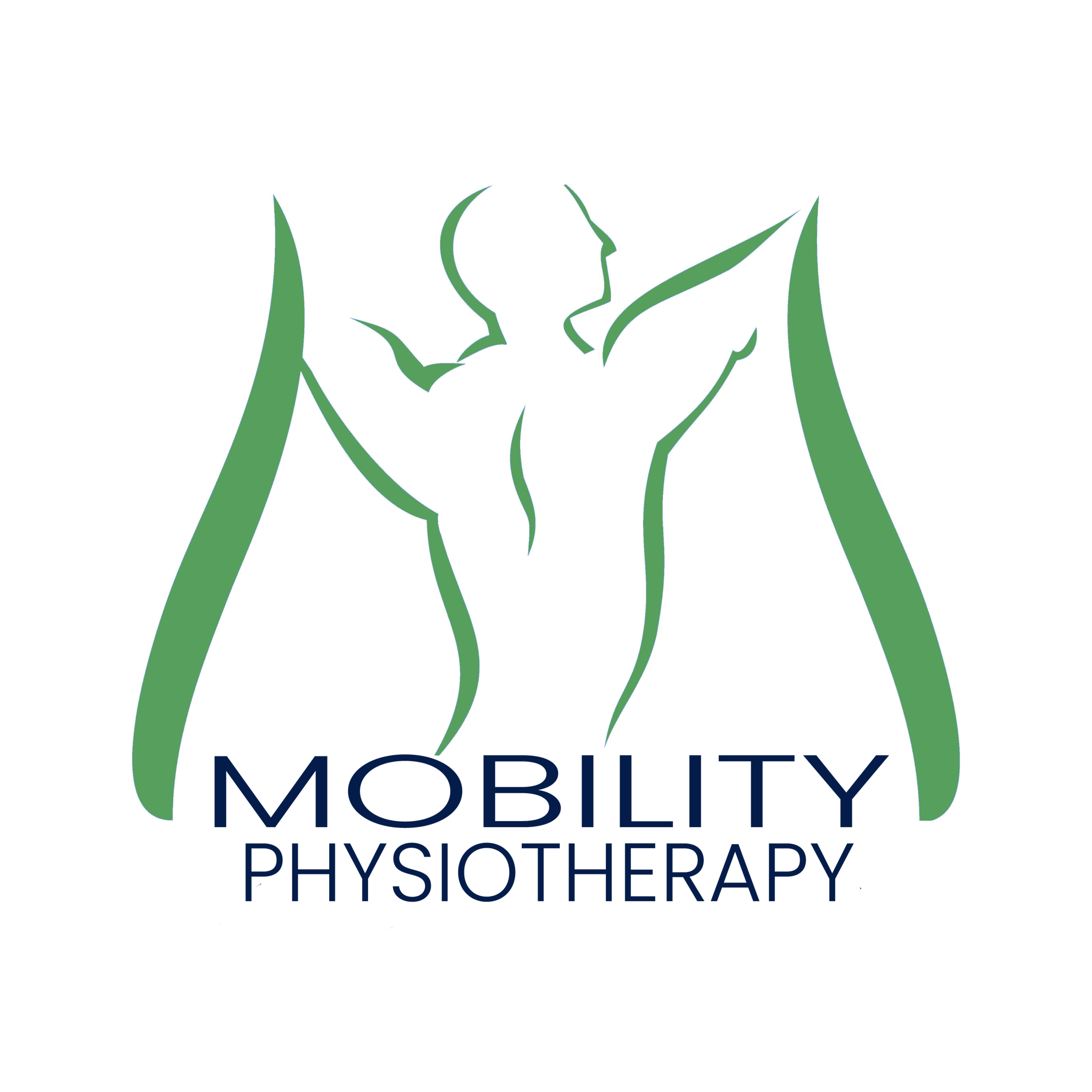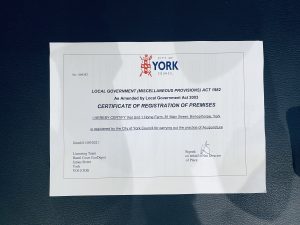Are you experiencing pain or difficulty when walking? A physiotherapist can assess your gait pattern and work out if there are any abnormal movements causing the pain or difficulty.
There are four key stages of the normal walking pattern, often referred to as the Human Gait cycle. These are:
Left Heel strike
Right Toe off
Left Singe limb stance
Right heel strike
The movements of each leg during the cycle can be grouped together into two phases:
Stance phase and swing phase. Stance phases is when the foot has contact on the floor and is supporting your weight. Swing phases is when the foot is off the floor and is being swing forward whilst taking a step.
If you have an injured part of your body, for example your ankle, the body’s natural reaction is to protect the area from further damage, and to limit the pain. This is why humans and animals instinctively limp or present with a unusual gait. If this presentation is exaggerated or long standing, other joints can become affected or damaged because of the altered bio mechanics. This is why a Physiotherapist will examine the whole of the body and how it moves when walking.
Sometimes the human gait can be affected by neurological disease or impaired nerve conduction to muscles. Two of the most common gait abnormalities due to neurological deficits are drop foot and Trendelenburg gait. Drop foot is when you have difficulties dorsiflexing the ankle (lifting ankle and toes upwards), this means that the heel strike action is impaired. This can cause a shuffling gait or to drag their toes.
Your Physiotherapist will be able to advise what the problem is and what exercises can be carried out in order to reduce or rectify.
With thanks to https://unsplash.com/@sebastiengoldberg for the beautiful photo





 This page contains the current position that Mobility Physiotherapy Limited is taking based on the latest government and our professional body guidance to ensure the health and safety of our patients.
This page contains the current position that Mobility Physiotherapy Limited is taking based on the latest government and our professional body guidance to ensure the health and safety of our patients.




